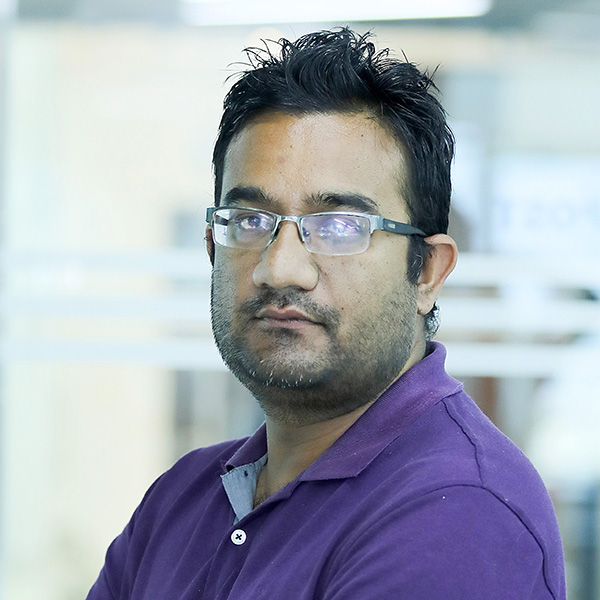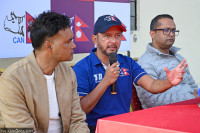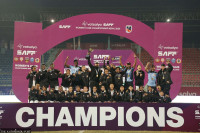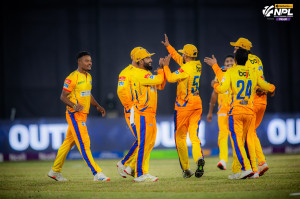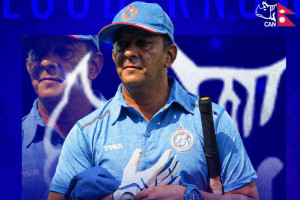Sports
National Games conclude with concerns over maintenance and upgradation of infrastructure
Curtains came down on the eighth National Games on Wednesday amidst a colourful evening at the Nepalgunj Stadium as more serious concerns loom over the best use and proper maintenance of the sports infrastructure that the Province 5 now has at its disposal.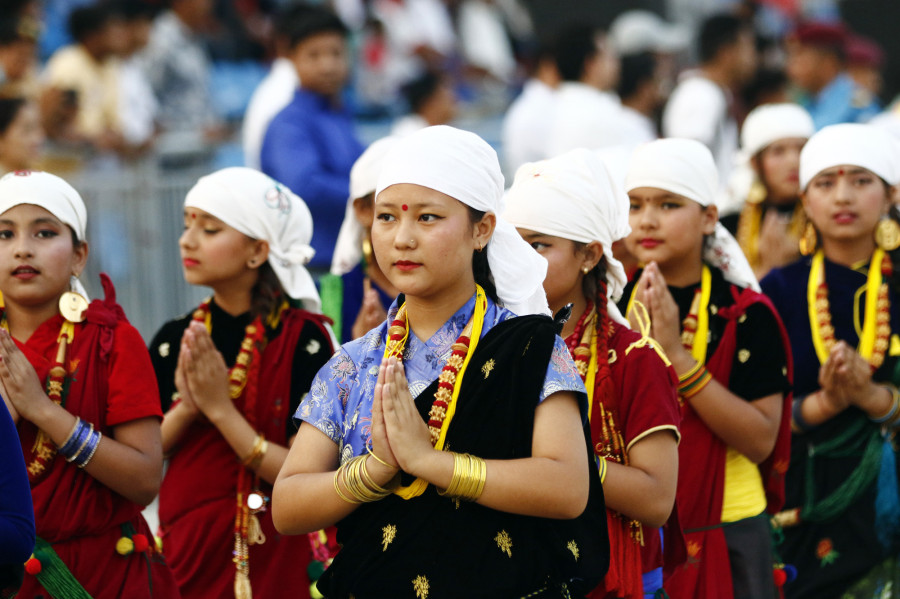
Adarsha Dhakal
Curtains came down on the eighth National Games on Wednesday amidst a colourful evening at the Nepalgunj Stadium as more serious concerns loom over the best use and proper maintenance of the sports infrastructure that the Province 5 now has at its disposal.
Compared to the previous two editions when the Games were held in the Far-west and Eastern regions, the government
generously spent Rs 850 million for the eighth National Games. The Games is taken as the dress rehearsal for Nepal athletics ahead of the 13th South Asian Games which the country hosting on December 1-9.
Out of the total money spent for the National Games, more than 70 percent have been used in infrastructure development alone. If the Youth and Sports Ministry and the National Sports Council continue to coordinate with the government in injecting more cash as sought for the local organising committee, the overall cost stands to soar at Rs 1 billion.
The eighth National Games will go down in history as the most expensive domestic event. The top sports governing body of Nepali along with the stakeholders in Province 5 now have huge task ahead in not only maintaining and upgrading the existing infrastructure but also finding ways for athletes of the region to make the best use of it.
Although Nepalgunj Stadium premises currently look more of a construction site than a sporting venue, it can still be transformed into a proper sporting facility by giving finishing touches to its football ground, swimming pool, shooting range, weightlifting academy and a multi-purpose covered hall. The stadium alone cost around Rs 255 million in its refurbishment but it was not ready in full, meaning only semi-final and final football matches were scheduled there.
The local organising committee had to relocate the swimming events to a private hotel as the pool at the stadium premises lost race against time to host the competition. With works still going on at the swimming pool, which has a parapet with seating capacity of 1500, the city will now have the infrastructure to produce better swimmers.
National shooting coach Pradip Khati terms the shooting range at the covered hall as the best after the Satdobato facility. But Khatri warns the sports stakeholders of Province 5 not to mess up with the facility. “With the kind of shooting range they have, this place is certain to produce not just quantitatively but qualitatively better shooters. I just hope this place doesn’t convert into a store room like it did with the seventh National Games shooting venue,” Khati said.
Even if the current sports stakeholders are to resume the unfinished projects, the sports infrastructure here will have to tackle a genuine problem that has not only affected sports but also an overall development projects of the country: the change in leadership. The NSC member secretary Keshav Kumar Bista has just over two months left in his four-year tenure. Under Bista the region laid the foundation for a proper infrastructure even if some of the facilities were not ready to host sports events at the designated venues.
The NSC will soon appoint a new boss who needs to work in giving the existing infrastructure in Province 5 a complete shape. But going by the past practice, Bista himself and his predecessors have paid little or no attention to the projects they didn’t initiate. Province 5 itself organising games of this magnitude will be unrealistic.
In the absence of a provincial sports body, Mid Western Sports Development Committee overtook the responsibility of the construction of infrastructure in the region. Its chairman Bhim Oli is concerned as to how the existing incomplete infrastructure are protected, maintained or updated. Nepalgunj Stadium itself needs a synthetic track which requires a budget of Rs 70 million.
“We had done a long homework to get at this point,” said Oli whose tenure ends in less than four months from now. “Even if our leadership is not retained, the hot seat needs to be occupied by people with a vision and desire to serve the sports. There is still a big challenge ahead.”
Among the other major infrastructure prepared for the Games was Beljhundi Stadium in Dang which hosted the women’s football and track & field events. A total of Rs 250 million was spent on Beljhundi Stadium but it is still a work in progress. It will take roughly another Rs 6 million to give the stadium a complete shape.
Dilli Regmi, the chairman of the Dang District Sports Development Committee, doesn’t see any difficulty in making full use of the Beljhundi Stadium although it is not as accessible as other cities of the district like Ghorahi and Tulsipur. “I don’t think accessibility is a problem because we will continue to host quality matches and sporting events here,” said Dangi.
“It will be interesting to see who will assume the ownership of this facility. The country is in the process of reforming the local bodies and the existence of the current district sports development committee itself is in limbo,” added Dangi who is into his last three months at the office. “The district sports development committee needs to be there because if the ownership of the facility goes to local government, it would be less looked after. The local government will have a lot of problems to deal with and the priorities will divide. On the contrary, district will have only one issue to deal with,” said Dangi.




 18.12°C Kathmandu
18.12°C Kathmandu